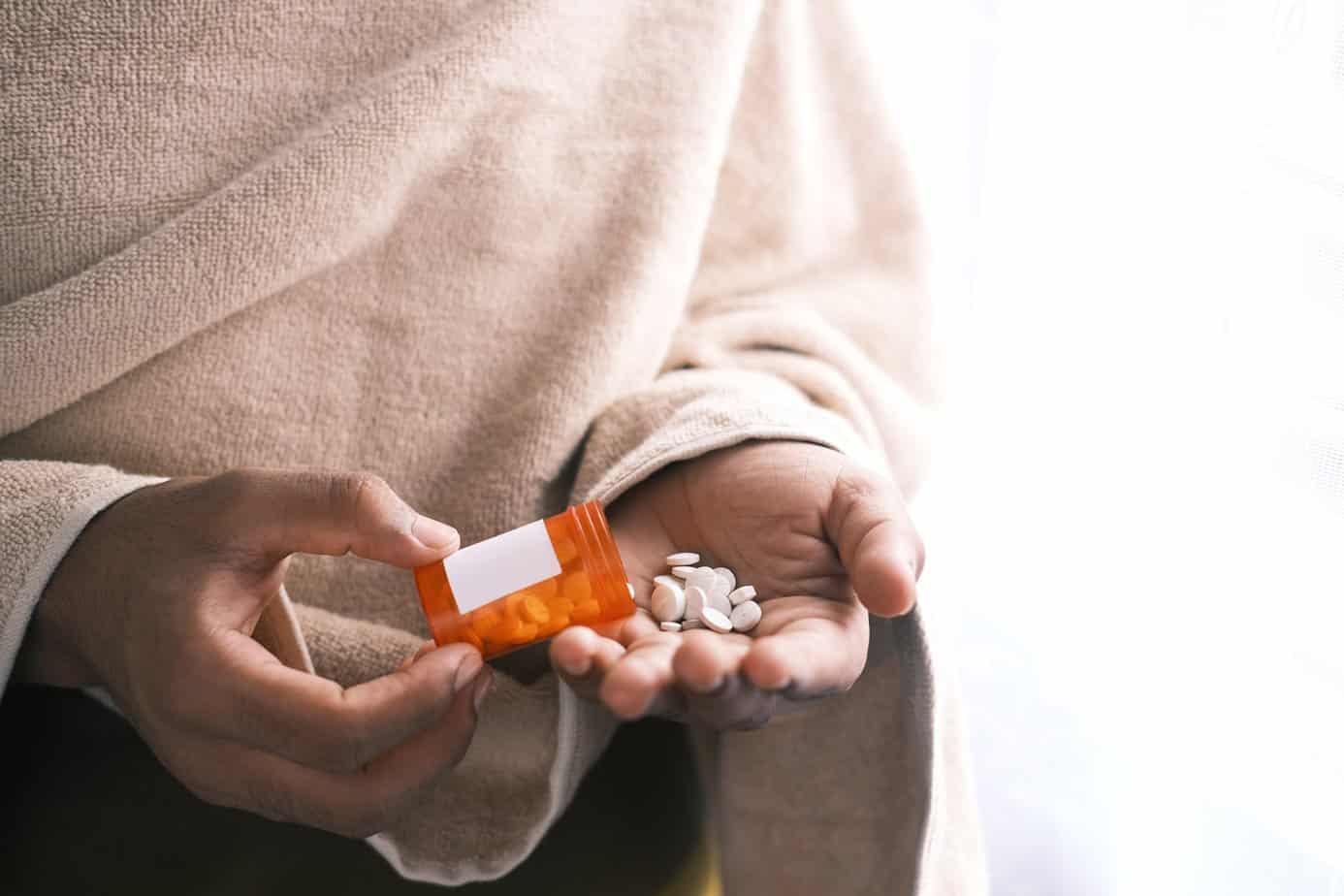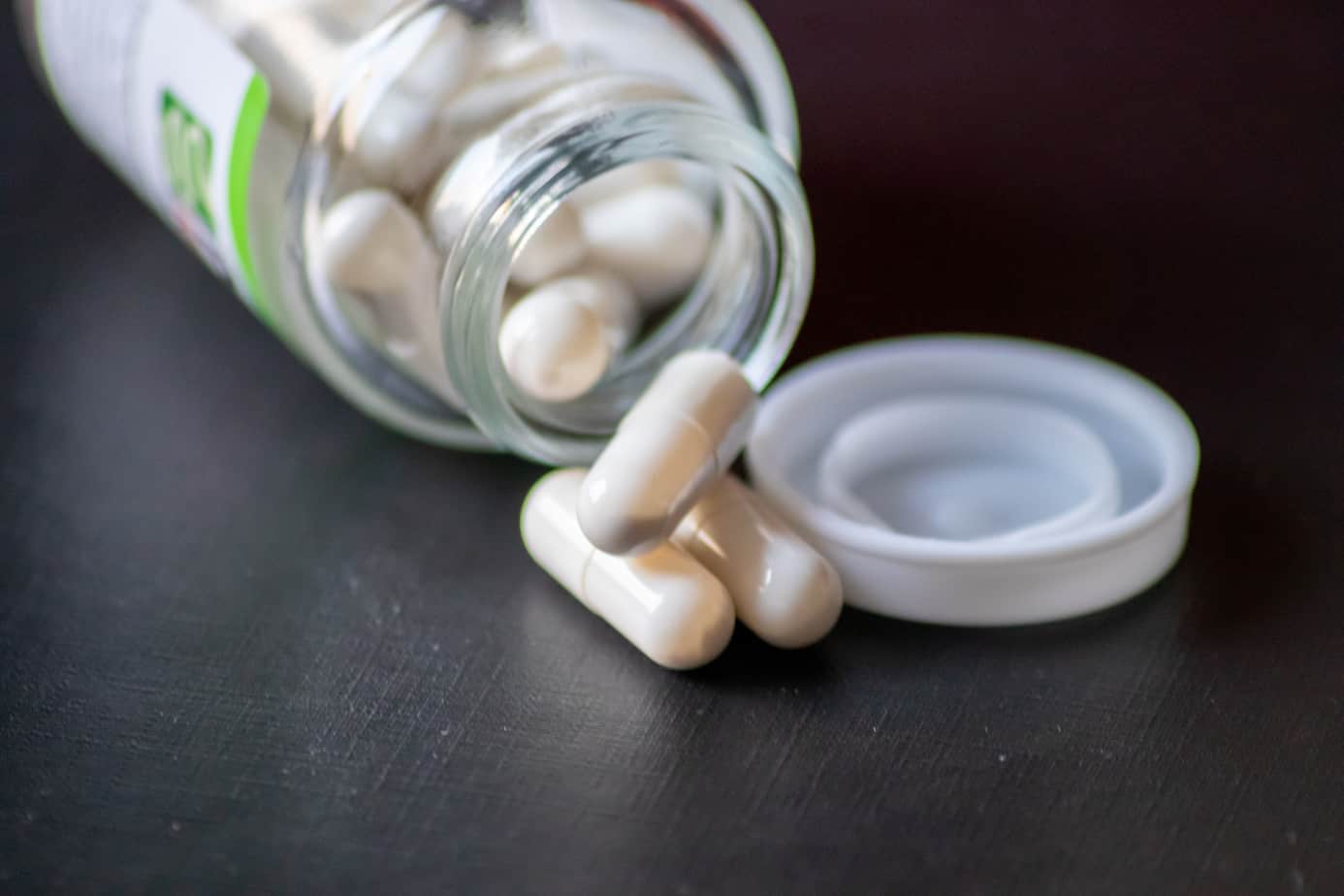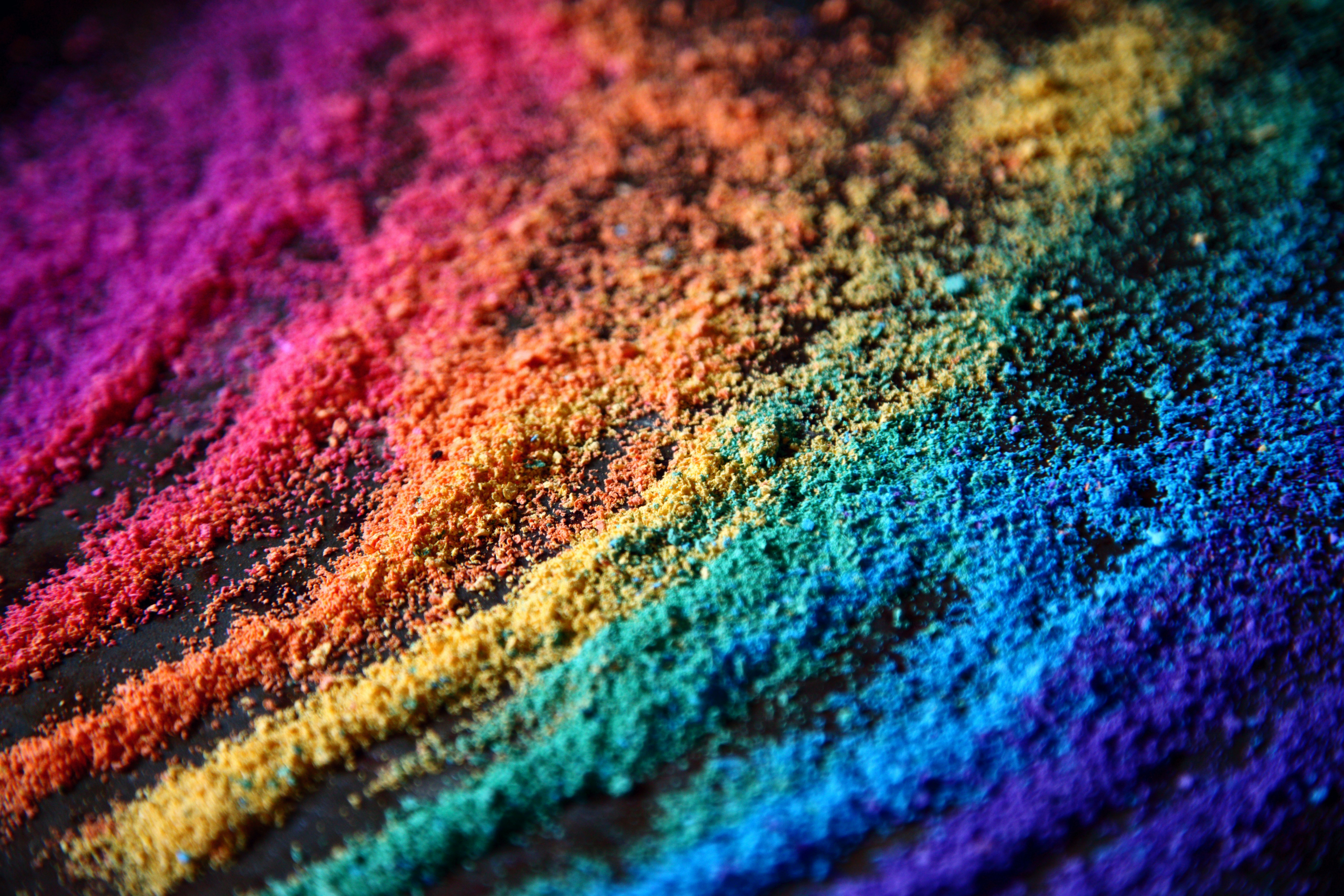7-hydroxymitragynine (7-OH), a potent synthetic compound derived from kratom, is being aggressively marketed as “gas station heroin” and poses serious health risks, including addiction and fatal overdoses, especially when mixed with alcohol. Unlike natural kratom, which contains trace amounts of 7-OH, these concentrated products have significantly higher levels, making them far more dangerous and potent than morphine. The FDA has recognized its high abuse potential and recommended its classification as a Schedule I controlled substance.
Are you hearing whispers about “gas station heroin” and wondering what all the fuss is about? You’re not alone. A powerful synthetic compound, 7-hydroxymitragynine (7-OH), is making waves across the nation, and not in a good way. Often disguised as harmless supplements in convenience stores, smoke shops, and online retailers, this substance poses a serious threat to individuals, families, and communities. The 7-OH dangers are very real, ranging from respiratory distress and organ damage to addiction and potentially fatal overdoses, especially when combined with alcohol.
Read on to learn more about the 7-OH, addiction treatment options, and understanding what 7-hydroxymitragynine is and its dangers is the first step in preventing another wave of the opioid epidemic.
Unveiling 7-Hydroxymitragynine: From Kratom Leaf to “Gas Station Heroin”
The story begins with kratom, a Southeast Asian plant used for centuries for its mild psychoactive effects. Traditionally, people chewed kratom leaves or brewed them into teas for energy, mood elevation, and pain relief. Kratom contains over fifty alkaloids, but the main players are mitragynine and 7-hydroxymitragynine.
In natural kratom leaves, 7-hydroxymitragynine occurs in trace amounts, typically less than two percent of the total alkaloid content. What’s being sold as 7-OH products today is a completely different compound.
Around 2016, and accelerating in 2024 and 2025, manufacturers began creating highly concentrated 7-OH products. They use chemical processes to extract and isolate 7-hydroxymitragynine from kratom or even synthesize it from mitragynine. These concentrated derivatives can contain 500 percent or more of the 7-OH levels found in natural kratom. This is synthetic kratom, and it’s far more dangerous.
These products are often deceptively marketed as natural kratom remedies, but they contain dangerous levels of a potent synthetic alkaloid. The shift from botanical kratom to concentrated 7-OH extracts mirrors the opioid epidemic’s evolution, from prescription painkillers to heroin to fentanyl. “Gas station heroin,” readily available in convenience stores and vape shops, is a powerful synthetic opioid that has largely evaded regulation.
“Gas Station Heroin”: Marketing, Availability, and the Regulatory Gap
The rise of 7-OH as “gas station heroin” is a troubling combination of aggressive marketing, regulatory loopholes, and the proliferation of smoke shops and convenience stores. Unlike previous opioid epidemics, this threat is packaged and promoted to look like harmless supplements, making it easily accessible.
These products come in various forms:
- Fruity-flavored gummies and candy-like tablets
- Liquid shots and drink mixes
- Pressed pills and capsules
- Ice cream cone-shaped products
The branding intentionally obscures their true nature, using terms like “plant alkaloids.”
Gas stations, convenience stores, and vape shops now stock 7-OH products alongside candy and energy drinks. Online retailers deliver these products directly to homes, often with misleading labels. This ease of access contrasts sharply with the regulations surrounding legitimate pain medications.
Alarmingly, these products are being marketed to vulnerable populations, including young adults and those with substance use disorders. Marketing materials highlight the mood-enhancing and pain-relieving properties of 7-OH without adequately warning about addiction or health risks. Some manufacturers even market their products as solutions for anxiety, depression, and opioid withdrawal, violating regulations against unproven health claims.
How 7-Hydroxymitragynine Works: The Science Behind the Danger
To understand the 7-OH dangers, it’s essential to understand how it interacts with the brain. 7-hydroxymitragynine is an indole alkaloid that affects brain chemistry by binding to opioid receptors, and it’s much stronger than kratom. These receptors are the same targets as morphine, heroin, and fentanyl.
The critical difference lies in potency. While mitragynine binds to opioid receptors with moderate affinity, 7-hydroxymitragynine is far more potent. Research shows that 7-OH has approximately fourteen times greater binding affinity at mu opioid receptors compared to mitragynine.
Is 7-hydroxymitragynine stronger than morphine? Yes, it is. 7-OH exhibits approximately thirteen times greater potency than morphine in pain relief assays. This makes it a powerful opioid compound, far exceeding the potency of morphine.
The 7-OH Dangers: Health Risks and Toxicity
The serious health risks of synthetic kratom compounds affect multiple systems, with effects ranging from acute to chronic. The kratom toxicity profile reveals a range of adverse effects:
- Cardiovascular effects: Cardiac arrhythmias, rapid heart rate, elevated blood pressure, and even cardiac arrest.
- Respiratory depression: Slowed or stopped breathing, the primary cause of opioid overdose death.
- Hepatotoxicity: Liver damage, potentially leading to liver failure.
- Neurological effects: Seizures, hallucinations, delusions, confusion, and psychosis.
- Psychiatric complications: Tremors, difficulty concentrating, memory problems, anxiety, depression, and irritability.
- Gastrointestinal effects: Nausea, vomiting, constipation, abdominal pain, and diarrhea.
Kratom vs. 7-OH: Understanding the Difference
It’s crucial to distinguish between 7-hydroxymitragynine and kratom. Natural kratom contains mitragynine as its primary alkaloid, with trace amounts of 7-OH. Concentrated 7-OH products are chemically engineered substances where 7-hydroxymitragynine is the dominant alkaloid. Some products contain 100 to 500 times higher concentrations of 7-OH than natural kratom.
The kratom dangers associated with natural leaf kratom differ from the dangers of concentrated synthetic kratom. While natural kratom can cause dependence and adverse effects, the lower 7-OH concentration makes respiratory depression and overdose less likely.
Side Effects and Toxicity: Acute to Chronic
The side effects of concentrated 7-OH products are similar to those of classical opioids but can be amplified by the extreme potency and unpredictable concentrations.
Acute side effects include
- Sedation
- Nausea
- Dizziness
- Confusion
- Itching
- Rapid heart rate
- Difficulty breathing
Long-term risks include tolerance, physical dependence, addiction, liver injury, cognitive impairment, depression, and weight loss.
Overdose Risk: A Real and Present Danger
Can you overdose on 7-hydroxymitragynine? Yes, overdose is possible and increasingly recognized. The mechanisms are similar to those of other opioids, with respiratory depression being the primary cause.
Factors that increase overdose risk include high doses, combination with alcohol or other depressants, individual variability, and unpredictable concentrations in products.
Why is 7-OH Considered a Dangerous Opioid?
7-OH is considered a dangerous opioid due to its potency, abuse liability, addiction potential, overdose risk, and the current opioid epidemic. The FDA has recommended that 7-OH be placed in Schedule I of the Controlled Substances Act due to its high potential for abuse and lack of accepted medical use.
The Dangers of Mixing 7-OH with Alcohol
What happens if you mix 7-OH with alcohol? The depressant effects of both substances act synergistically, resulting in dramatically amplified respiratory depression and cardiovascular suppression. This combination can be rapidly fatal.
Seeking Help: Addiction Treatment for 7-Hydroxymitragynine Use
If you or someone you know is struggling with 7-hydroxymitragynine use, seeking professional help is crucial. Addiction treatment options include
- Medical detoxification: Managing withdrawal symptoms under medical supervision.
- Medication-assisted treatment (MAT): Using medications like buprenorphine to reduce cravings and withdrawal symptoms.
- Behavioral therapies: Cognitive behavioral therapy (CBT) and other therapies to address the underlying causes of addiction.
- Support groups: Connecting with others who understand the challenges of addiction.
The rise of “gas station heroin” is a serious threat that demands immediate attention. By understanding the dangers of 7-hydroxymitragynine and taking proactive steps to prevent its use, we can protect our communities and save lives.
If you or someone you know is struggling with 7-OH use, Mountainside can help. We offer comprehensive, individualized treatment that meets you where you are. Talk to an admissions specialist today to explore your options.
If you or a loved one is struggling with addiction, Mountainside can help.
Click here or call (888) 833-4676 to speak with one of our addiction treatment experts.

 By
By 






